State Performance Plan 2005-2012 - Part B - Arkansas Department Of Education Page 164
ADVERTISEMENT
 1
1  2
2  3
3  4
4  5
5  6
6  7
7  8
8  9
9  10
10  11
11  12
12  13
13  14
14  15
15  16
16  17
17  18
18  19
19  20
20  21
21  22
22  23
23  24
24  25
25  26
26  27
27  28
28  29
29  30
30  31
31  32
32  33
33  34
34  35
35  36
36  37
37  38
38  39
39  40
40  41
41  42
42  43
43  44
44  45
45  46
46  47
47  48
48  49
49  50
50  51
51  52
52  53
53  54
54  55
55  56
56  57
57  58
58  59
59  60
60  61
61  62
62  63
63  64
64  65
65  66
66  67
67  68
68  69
69  70
70  71
71  72
72  73
73  74
74  75
75  76
76  77
77  78
78  79
79  80
80  81
81  82
82  83
83  84
84  85
85  86
86  87
87  88
88  89
89  90
90  91
91  92
92  93
93  94
94  95
95  96
96  97
97  98
98  99
99  100
100  101
101  102
102  103
103  104
104  105
105  106
106  107
107  108
108  109
109  110
110  111
111  112
112  113
113  114
114  115
115  116
116  117
117  118
118  119
119  120
120  121
121  122
122  123
123  124
124  125
125  126
126  127
127  128
128  129
129  130
130  131
131  132
132  133
133  134
134  135
135  136
136  137
137  138
138  139
139  140
140  141
141  142
142  143
143  144
144  145
145  146
146  147
147  148
148  149
149  150
150  151
151  152
152  153
153  154
154  155
155 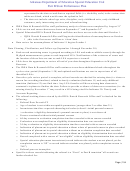 156
156  157
157 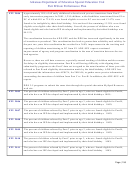 158
158  159
159  160
160  161
161  162
162  163
163 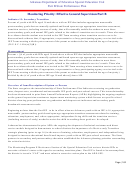 164
164  165
165  166
166  167
167  168
168 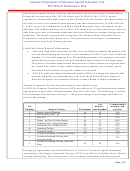 169
169  170
170  171
171  172
172  173
173  174
174 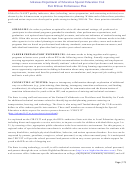 175
175  176
176 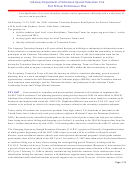 177
177  178
178 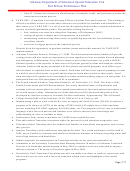 179
179  180
180  181
181  182
182  183
183  184
184 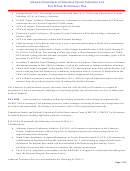 185
185  186
186  187
187  188
188  189
189  190
190  191
191  192
192 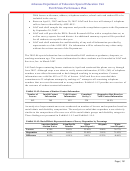 193
193  194
194  195
195 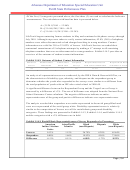 196
196  197
197 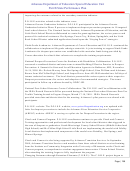 198
198  199
199  200
200  201
201  202
202  203
203  204
204 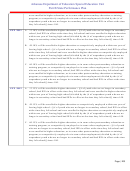 205
205  206
206  207
207  208
208 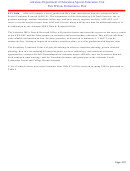 209
209  210
210  211
211 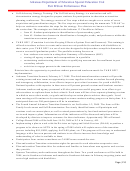 212
212  213
213  214
214  215
215 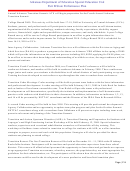 216
216  217
217  218
218  219
219 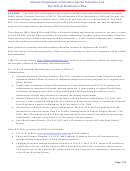 220
220  221
221  222
222  223
223  224
224  225
225 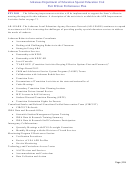 226
226  227
227  228
228 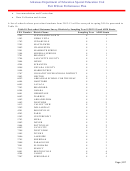 229
229  230
230  231
231  232
232  233
233  234
234  235
235  236
236  237
237  238
238  239
239 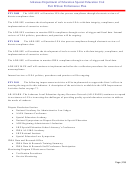 240
240 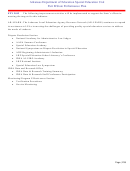 241
241 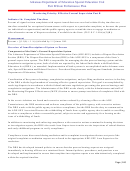 242
242  243
243  244
244  245
245  246
246  247
247  248
248 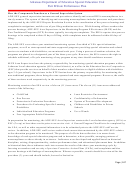 249
249  250
250  251
251  252
252  253
253  254
254  255
255 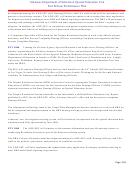 256
256  257
257  258
258  259
259  260
260  261
261 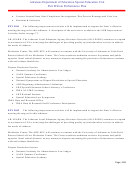 262
262 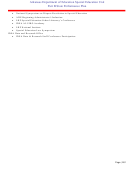 263
263  264
264 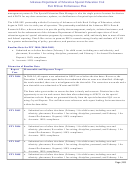 265
265  266
266  267
267  268
268  269
269  270
270  271
271  272
272 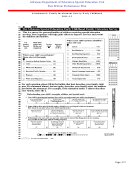 273
273  274
274 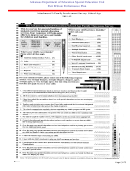 275
275  276
276 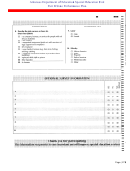 277
277 Arkansas Department of Education Special Education Unit
Part B State Performance Plan
Monitoring Priority: Effective General Supervision Part B
Indicator 13: Secondary Transition
Percent of youth with IEPs aged 16 and above with an IEP that includes appropriate measurable
postsecondary goals that are annually updated and based upon an age appropriate transition assessment,
transition services, including courses of study, that will reasonably enable the student to meet those
postsecondary goals, and annual IEP goals related to the student’s transition service needs. There also must
be evidence that the student was invited to the IEP Team meeting where transition services are to be
discussed and evidence that, if appropriate, a representative of any participating agency was invited to the
IEP Team meeting with the prior consent of the parent or student who has reached the age of majority.
(20 U.S.C. 1416(a)(3)(B))
Measurement
Percent = [(# of youth with IEPs aged 16 and above with an IEP that includes appropriate measurable
postsecondary goals that are annually updated and based upon an age appropriate transition assessment,
transition services, including courses of study, that will reasonably enable the student to meet those
postsecondary goals, and annual IEP goals related to the student’s transition service’s needs. There also
must be evidence that the student was invited to the IEP Team meeting where transition services are to be
discussed and evidence that, if appropriate, a representative of any participating agency was invited to the
IEP Team meeting with the prior consent of the parent or student who has reached the age of majority)
divided by the (# of youth with an IEP age 16 and above)] times 100.
Overview of Issue/Description of System or Process
The State recognizes the interrelationship of State Performance Plan Indicators centering on graduation
rates, dropout rates, coordinated and measurable IEP goals, and post-school success. This interrelationship
has been documented in prior State Annual Performance Reports (APRs) highlighting the ongoing emphasis
on the general supervision continuous improvement monitoring system which focuses on specific school
districts showing poor performance on graduation and dropout rate indicators and secondary grade
benchmark assessment results.
Beginning no later than the first IEP to be in effect when an Arkansas youth with an IEP is 16, appropriate
measurable postsecondary goals based upon age appropriate transition assessments related to training,
education, employment, and, where appropriate, independent living skills and the transition services
(including courses of study) needed to assist the child in reaching these goals are developed.
Arkansas has demonstrated in prior APRs the ongoing development of technical assistance and direct
service models designed to demonstrate to school districts the importance of effective early Transition
strategic planning (prior to age 16) in the areas of training, education, employment, and independent living
designed to increase educational benefit and improve youth with an IEP post-school outcomes. The State
partners in secondary and postsecondary education established the Arkansas planning priorities surrounding
the critical activities.
The Monitoring/Program Effectiveness Section of the Special Education Unit reviews district IEPs to
ascertain a district’s status with regard to secondary transition plans. If an IEP is found to be noncompliant,
the district is issued a “CAP” and must submit a corrective action plan to the ADE-SEU.
Page | 162
ADVERTISEMENT
0 votes
Related Articles
Related forms
Related Categories
Parent category: Legal









